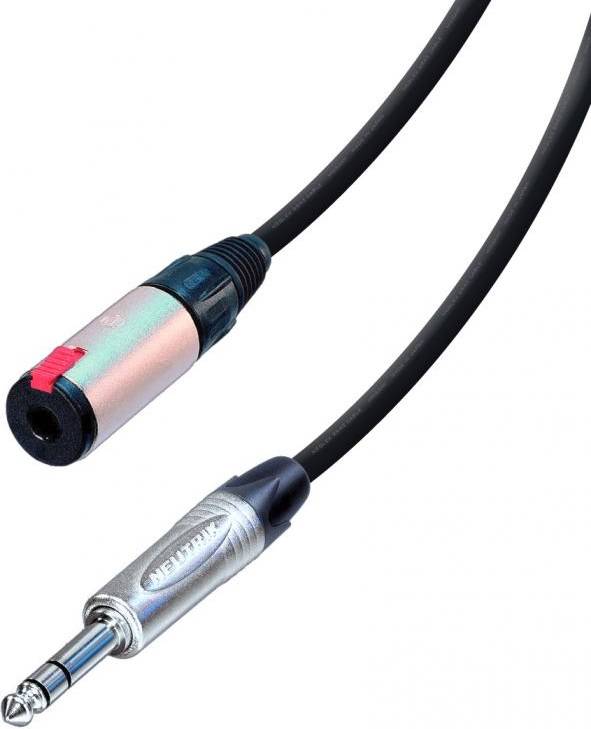herb
brain's right hemisphere
My old headphones had 6.3mm connectors, with a separate convertor to 3.5mm, which seems right for a HiFi system. You do not have to use the converter.
Recent expensive Grado and Quad headphones have a 3.5mm connector with a 6.3mm converter. This is wrong, presumably convenient for iphones, laptops etc. I find that using Kontak cleaner on any 3.5mm connector improves sq to a ridiculous extent, they are too flimsy and surely not fit for purpose.
Do most high end headphones use more positive connectors? Or even the 6.3mm connectors like my old headphones? Just curious...
Recent expensive Grado and Quad headphones have a 3.5mm connector with a 6.3mm converter. This is wrong, presumably convenient for iphones, laptops etc. I find that using Kontak cleaner on any 3.5mm connector improves sq to a ridiculous extent, they are too flimsy and surely not fit for purpose.
Do most high end headphones use more positive connectors? Or even the 6.3mm connectors like my old headphones? Just curious...


